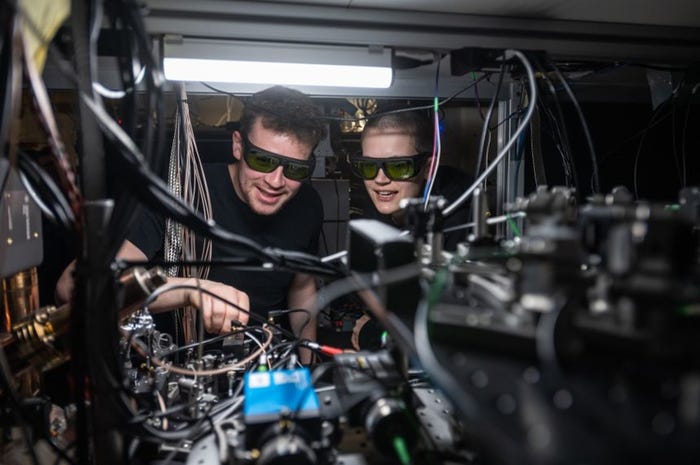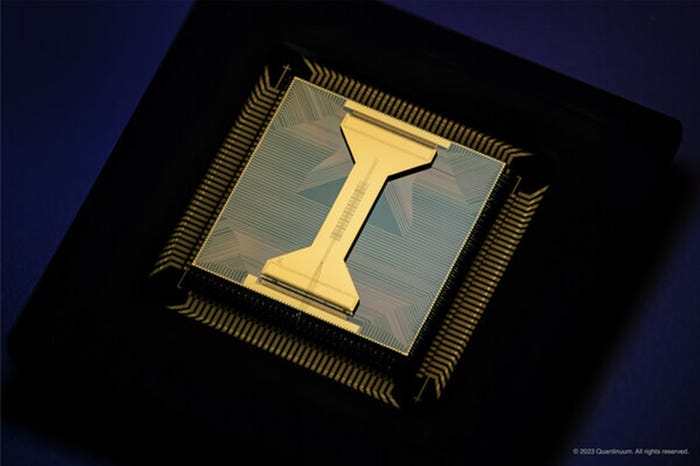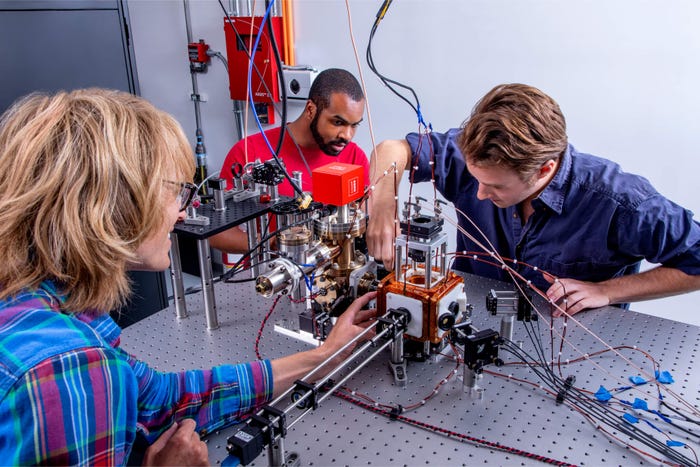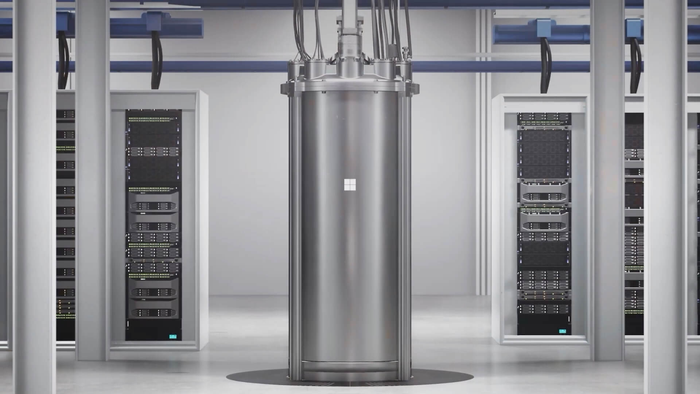
Connects decision-makers and solutions creators to what's next in quantum computing
Quantum Hybrid System Advances Nuclear Reaction ModelingQuantum Hybrid System Advances Nuclear Reaction Modeling
Better simulations of nuclear reactions can provide a greater understanding of the origin of the elements and support the development of nuclear fusion technologies.

Researchers have successfully used a hybrid quantum-classical computing system to simulate the scattering of two neutrons, opening a path to computing nuclear reaction rates that are currently difficult or impossible to measure in a laboratory.
The nuclear reactions that power the stars and forge the elements are produced by the interactions of the quantum mechanical particles, protons and neutrons – subatomic particles found inside the nucleus of every atom.
Understanding these reactions can enable better modeling of the sun and stars and help scientists understand how different elements form in the universe, as well as support the development of fusion energy technologies.
Explaining these processes is one of the most challenging unsolved problems in computational physics, however.
This is because as the mass of colliding nuclei grows, the resources required to model them outpace both conventional and quantum computers, the latter of which do not currently have enough reliable and long-lived quantum bits.
In this experiment, scientists combined conventional and quantum computers and a hybrid algorithm to successfully simulate the real-time scattering of two neutrons.
The time evolution of the particles’ spatial coordinates was conducted on the classical processor, while the evolution of their spin variables was done on the quantum hardware.
The researchers used error mitigation strategies to improve the accuracy of the algorithm and adopted theoretical and experimental methods to explain the loss of quantum coherence.
The work involved researchers from the University of Washington, the University of Trento, and Lawrence Livermore National Laboratory and was conducted at Berkeley Lab’s Advanced Quantum Testbed.
Sofia Quaglioni, deputy group leader of nuclear data and theory at Lawrence Livermore National Laboratory, who was involved in the testing, said while the results themselves were not ground-breaking, demonstrating the algorithm on a quantum computer was a key achievement.
“This required postulating the algorithm so it could be used by both a classical and quantum computer in tandem. Our work will help expedite the development of classical-quantum methods so that in the future, we can leverage both to achieve quantum simulations of nuclear reactions,” she said.
These reaction rates can also play a role in supporting national security and understanding the process that underlies superconductivity, she added.
The work took 18 months and was co-funded by several government offices, including the Department of Energy (DOE) Office of Science, and the InQubator for Quantum Simulation (IQuS) at the University of Washington, the Laboratory Directed Research and Development program at Lawrence Livermore National Laboratory and the National Science Foundation Graduate Research Fellowship Program.
About the Author
You May Also Like






